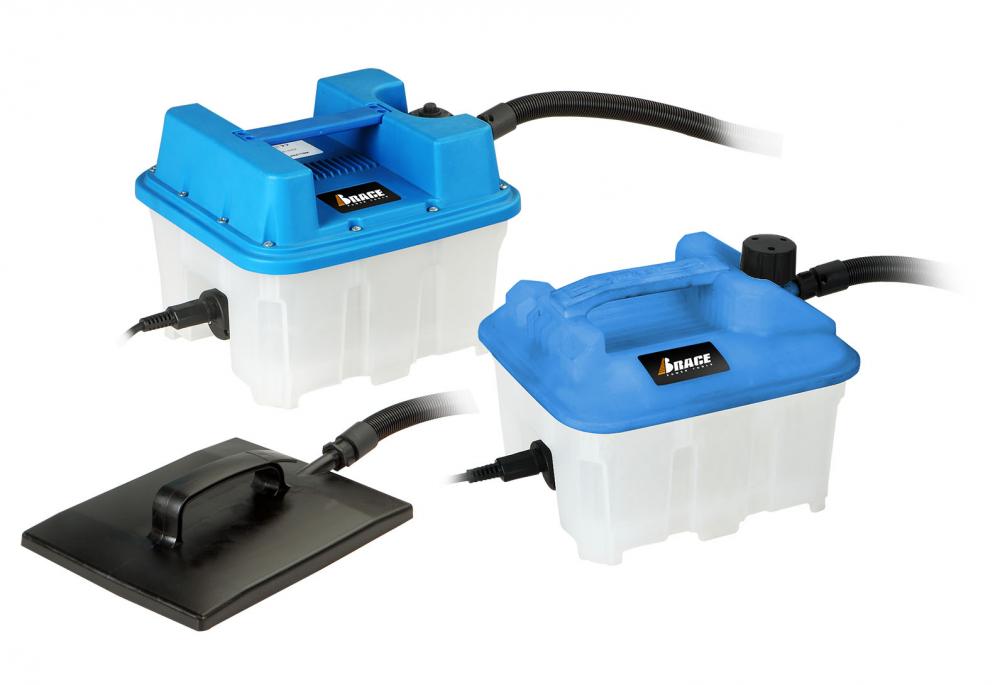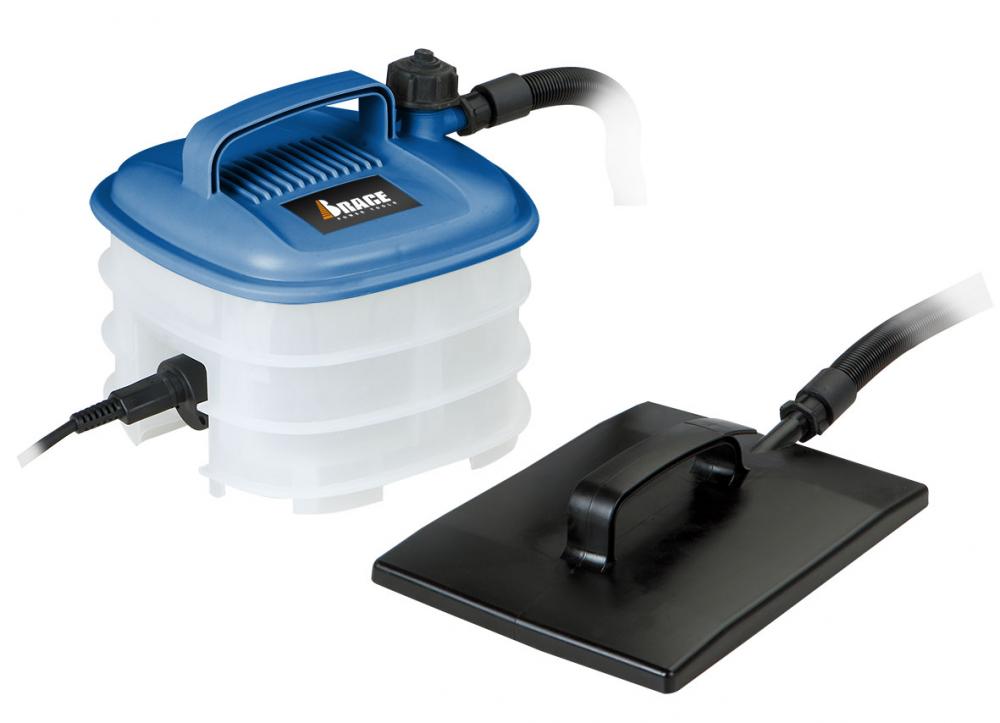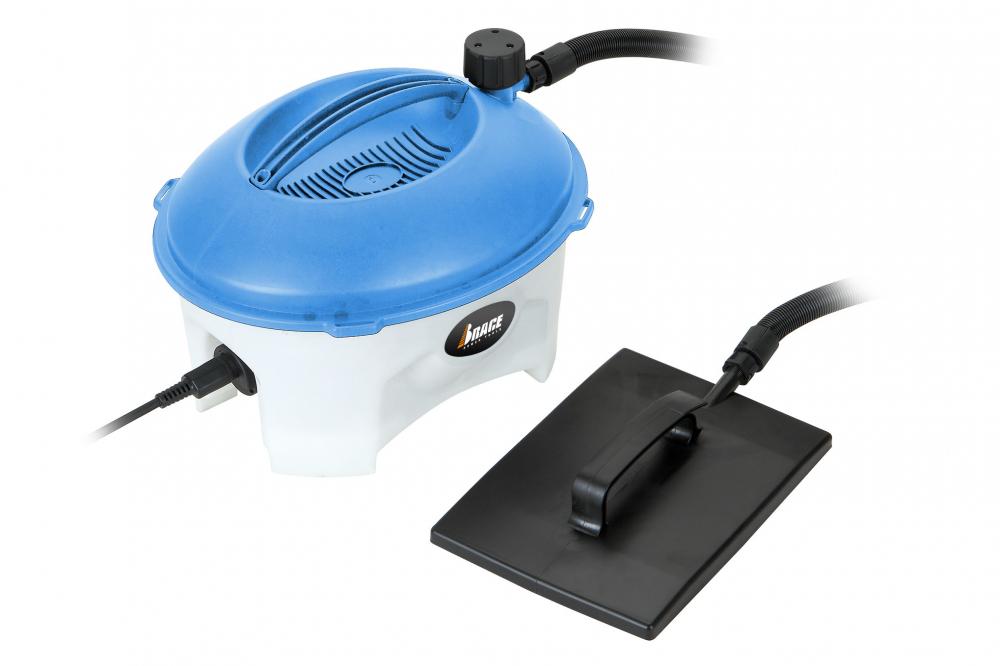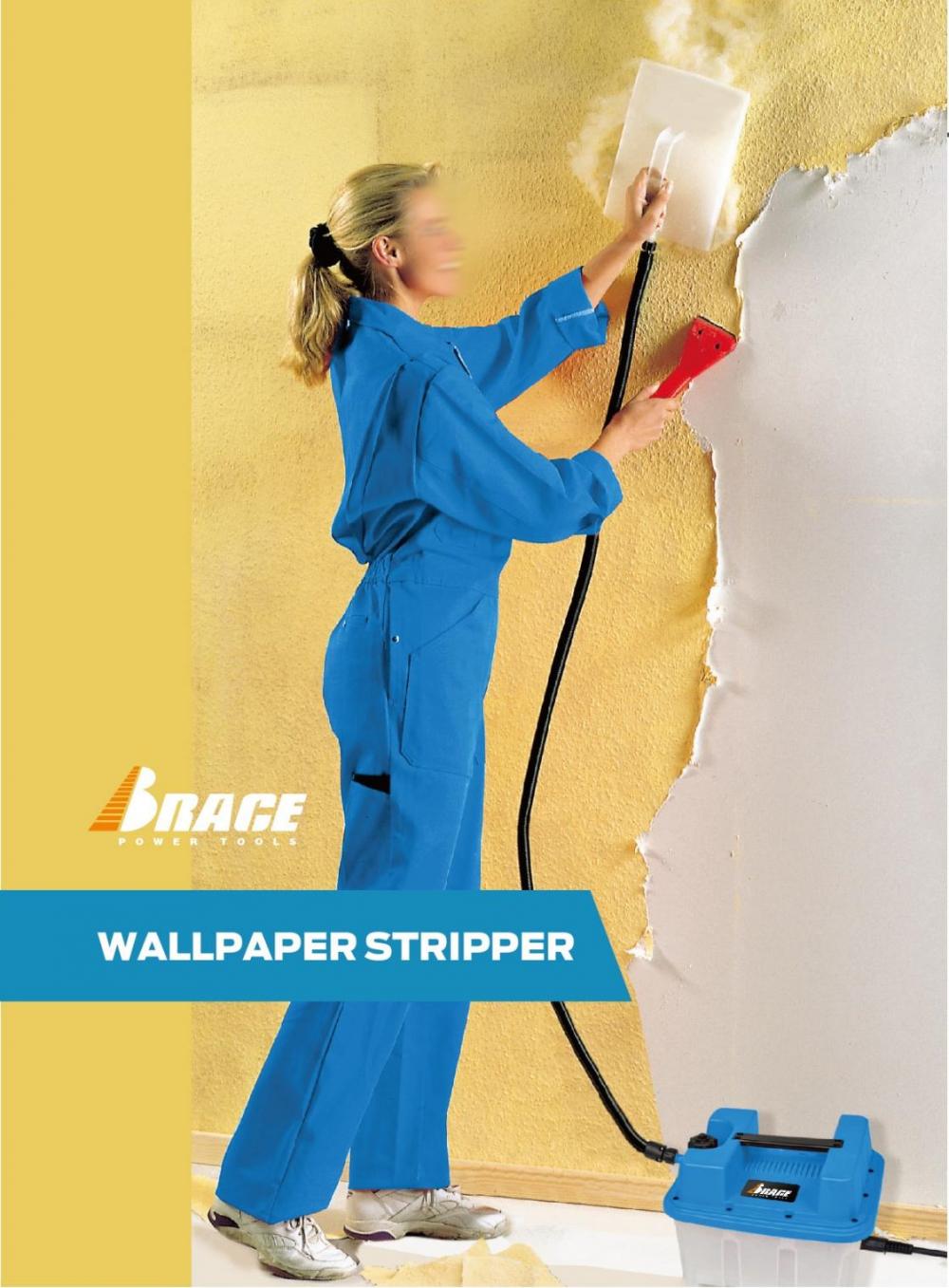Analyze and solve the cause of abnormal sound in motor bearings for plastic machinery
Diagnose and Resolve Unusual Noises in Motor Bearings for Plastic Machinery
Motor bearings in plastic machinery can sometimes produce unusual noises that may indicate underlying issues. Understanding the causes of these sounds and knowing how to address them is essential for maintaining performance and extending the lifespan of your equipment.
1. Continuous "Clicking" Sound
Cause: This sound may be caused by vibrations or impacts between the bearing's rolling elements and the raceway. It often occurs when there is excessive load, torque, or radial clearance.
Solution:
- A. Improve the surface finish of the bearing components.
- B. Select a bearing with smaller clearance or apply preloading.
- C. Reduce torque and load, and minimize mechanical errors.
- D. Use high-quality grease to reduce friction and wear.
2. Low-Volume "Humming" Sound
Cause: This humming noise typically appears during no-load operation and may be related to axial vibration. It can also occur when the motor starts or stops.
Features: The issue is more common in winter and affects motors with ball bearings at both ends. Poor alignment and unstable oscillation are key factors.
Solution:
- A. Use smooth and high-quality grease.
- B. Apply preloading and reduce mechanical errors.
- C. Choose bearings with small radial clearance.
- D. Enhance the rigidity of the motor bearings.
- E. Improve the centering function of the bearing.
3. Rust Formation
Cause: This occurs when the paint on the bearing housing dries out, allowing chemical corrosion to affect the end face, outer groove, and raceway. This leads to abnormal noise from the corroded areas.
Features: The rust tends to be more severe on the inner surface than the outer one.
Solution:
- A. Dry the rotor and casing using drying devices.
- B. Lower the operating temperature of the motor.
- C. Choose appropriate paint types for the bearing housing.
- D. Improve the ambient temperature where the bearing is installed.
- E. Use standard grease, as silicone or mineral oil may increase rust risk.
- F. Implement a vacuum varnish process for better protection.
4. Impurity Noise
Cause: This irregular noise is usually due to dirt or impurities in the bearing or grease.
Features: The sound is intermittent and varies in timing, especially in high-speed motors.
Solution:
- A. Use high-quality grease.
- B. Ensure cleanliness before applying grease.
- C. Enhance the sealing of the bearing.
- D. Maintain a clean installation environment.
5. High-Frequency "Ticking" Sound
Features: The sound frequency changes with the speed of the bearing. It is often caused by waviness on the bearing surfaces.
Solution:
- A. Improve the quality of the raceway surface and reduce waviness.
- B. Minimize bumps and irregularities.
- C. Adjust clearance, preload, and fit properly.
- D. Ensure accurate shaft and housing alignment.
6. Excessive Heat
Features: After operation, the bearing temperature exceeds the normal range.
Causes:
- A. Too much grease causing increased resistance.
- B. Excessive internal load due to too small clearance.
- C. Mechanical misalignment.
- D. Seal interference.
- E. Bearing misalignment or improper installation.
Solution:
- A. Choose the correct type and amount of grease.
- B. Adjust clearance, pre-tightening, and fit.
- C. Improve the accuracy of the bearing housing and installation method.
- D. Enhance the sealing system to prevent contamination.
7. Poor Handling Feel
Features: When rotating the rotor, you may feel resistance or impurities inside the bearing.
Causes:
- A. Excessive clearance.
- B. Inappropriate fit between the inner diameter and the shaft.
- C. Damage to the raceway.
Solution:
- A. Adjust the clearance as needed.
- B. Choose appropriate fit tolerances.
- C. Improve surface accuracy and reduce raceway damage.
- D. Select suitable grease for the application.
Related Bearing Knowledge: Low-noise bearing selection, small door wheel bearings, normal maintenance of sliding bearings, KOYO needle bearings, and more.
This article is sourced from China Bearing Network.
Previous: The use of magnetic bearings
Next: Tips for high-speed fine-angle touch ball bearing devices
The Electric Steam Wallpaper strippers is the most productive, safest and easiest to use steam wallpaper stripper.
The Wallpaper Stripper force steam through the layers of paper, helping to not only remove the paper but also glue residue from walls.The Wallpaper Steam Stripper is particularly effective on stubborn papers with paint on, or wood chip paper.
The 3L, 4.5L ,7L Electric Wallpaper Remover Stripper is much easier, compared to soak and scrap off the wallpaper manually, it only uses water which is heated.
Once the water boil then the water evaporates, produces steam out of the plate. The steam will penetrates into the wallpaper and loosen the old adhesive paste, so the wallpaper can then be pulled off and removed easily.




Electric Wallpaper Stripper,Electric Steamer Wallpaper Removal,Electric Steam Wallpaper Remover,Wallpaper Stripper Electric
Ningbo Brace Power Tools Co., Ltd , https://www.cnbrace.com